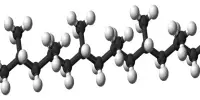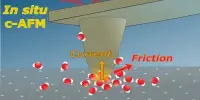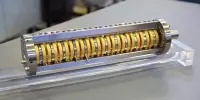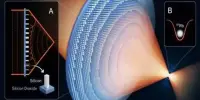A quantum computer is a computer design that uses quantum physics principles to increase computational power beyond what a traditional computer can achieve. Quantum computers have been built on a small scale, and work is being done to upgrade them to more practical models.
What do a quantum computer and a top draft pick in sports have in common? Both have piqued the interest of talent scouts. Quantum computers, experimental machines that can perform some tasks faster than supercomputers, are constantly evaluated, much like young athletes, for their potential to become game-changing technology.
Scientist-scouts now have their first tool for assessing a prospective technology’s ability to perform realistic tasks, revealing its true potential and limitations. Sandia National Laboratories developed a new type of benchmark test that predicts the likelihood that a quantum processor will run a specific program without errors.
The mirror-circuit method, which was published today in Nature Physics, is faster and more accurate than traditional tests, allowing scientists to develop technologies that are most likely to lead to the world’s first practical quantum computer, which could greatly accelerate research in medicine, chemistry, physics, agriculture, and national security.
It is standard practice in the quantum computing community to use only random, disordered programs to measure performance, and our results show that this is not a good thing to do.
Timothy Proctor
Until now, scientists have been measuring performance on obstacle courses of random operations. But according to the new research, conventional benchmark tests underestimate many quantum computing errors. This can lead to unrealistic expectations of how powerful or useful a quantum machine is. Mirror-circuits offer a more accurate testing method, according to the paper.
A mirror circuit is a computer routine that performs a set of calculations and then reverses it.
“It is standard practice in the quantum computing community to use only random, disordered programs to measure performance, and our results show that this is not a good thing to do,” said computer scientist Timothy Proctor, a member of Sandia’s Quantum Performance Laboratory who participated in the research.
The new testing method also saves time, which will aid researchers in evaluating increasingly complex machines. The majority of benchmark tests look for errors by running the same set of instructions on both a quantum machine and a conventional computer. If no errors occur, the results should be identical.
However, because quantum computers perform certain calculations much faster than conventional computers, researchers may have to wait for a long time for the conventional computers to complete.
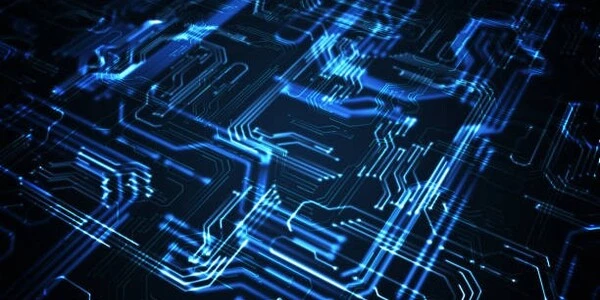
With a mirror circuit, however, the output should always be the same as the input or some intentional modification. So instead of waiting, scientists can immediately check the quantum computer’s result.
The research was funded by the Department of Energy’s Office of Science and Sandia’s Laboratory Directed Research and Development program. Sandia is a leading member of the Quantum Systems Accelerator, a Department of Energy national quantum research center.
The main disadvantage of the quantum computer is the same as its main advantage: quantum decoherence. The qubit calculations are carried out while the quantum wave function is in a state of superposition between states, which enables it to carry out the calculations using both 1 and 0 states at the same time. When any type of measurement is applied to a quantum system, however, decoherence breaks down and the wave function collapses into a single state.
New method reveals flaws in conventional performance ratings
Proctor and his colleagues found that randomized tests miss or underestimate the compound effects of errors. When an error is compounded it grows worse as the program runs, like a wide receiver who runs the wrong route, straying farther and farther from where they are supposed to be as the play goes on. By mimicking functional programs, Sandia found final results often had larger discrepancies than randomized tests showed.
“Our benchmarking experiments revealed that the performance of current quantum computers on structured programs is much more variable than previously known,” Proctor said. The mirror-circuit method also provides scientists with a better understanding of how to improve current quantum computers.
“By applying our method to current quantum computers, we were able to learn a lot about the errors that these specific devices suffer from – because different types of errors affect different programs differently,” Proctor explained. “These effects have never been seen before in many-qubit processors. Our method is the first to investigate these error effects at a large scale.”

